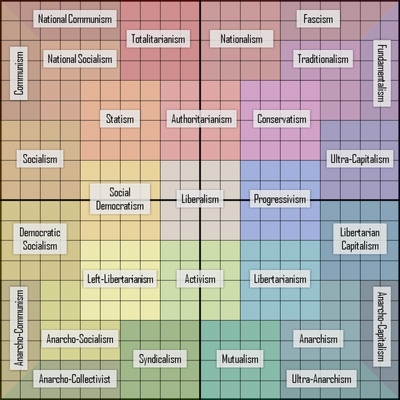.MASSHOLE.That is meant for fellow senators and affectionados of political legislation. Where is the breakdown for the common man? I doubt you or anyone else on this site has taken the time to throughly and completely read it.
If he wants people to understand what he is trying to achieve he needs to make it transparent and easily understandable. You of all people should know this considering you are preaching his apparent openness and clarity of his goals.
That goes for all political candidates, if they want people to vote for their ideas they need to make them easily understandable.
Eliminate Undergraduate Tuition at 4-year Public Colleges and Universities. This legislation
would provide $47 billion per year to states to eliminate undergraduate tuition and fees at public
colleges and universities.
Today, total tuition at public colleges and universities amounts to about $70 billion per year. Under
the College for All Act, the federal government would cover 67% of this cost, while the states would
be responsible for the remaining 33% of the cost.
To qualify for federal funding, states must meet a number of requirements designed to protect
students, ensure quality, and reduce ballooning costs. States will need to maintain spending on their
higher education systems, on academic instruction, and on need-based financial aid. In addition,
colleges and universities must reduce their reliance on low-paid adjunct faculty.
States would be able to use funding to increase academic opportunities for students, hire new faculty,
and provide professional development opportunities for professors.
No funding under this program may be used to fund administrator salaries, merit-based financial aid,
or the construction of non-academic buildings like stadiums and student centers.
Student Loan Reforms
Restoration of Historically Low Student Loan Interest Rates. The College for All Act would
lower student loan interest rates by restoring the formula which was in effect until 2006. Student
loan interest rates would be cut almost in half for undergraduate students, dropping from 4.32% to
just 2.32%. In addition, the legislation would ensure rates never rise above 8.25%.
Student Loan Re-financing. The College for All Act would enable borrowers to refinance their
loans based on the interest rates available to current students.
Work Study Reforms. Today, the federal work study program receives less than $1 billion per year,
and serves nearly 700,000 students. This legislation would expand the number of students and
colleges that can offer part-time employment and participate in the federal work study program, and
focus funding on schools that enroll high numbers of low-income students.
Simplifying the Student Aid Application Process. The bill would create a pilot program to
eliminate the requirement that students re-apply for financial aid each year, simplifying the
application process and removing significant barriers faced by low-income students.
Fully Paid for by Imposing a Robin Hood Tax on Wall Street. This legislation is offset by
imposing a Wall Street speculation fee on investment houses, hedge funds, and other speculators of
0.5% on stock trades (50 cents for every $100 worth of stock), a 0.1% fee on bonds, and a 0.005%
fee on derivatives. It has been estimated that this provision could raise hundreds of billions a year
which could be used not only to make tuition free at public colleges and universities in this country,
it could also be used to create millions of jobs and rebuild the middle class of this country.













